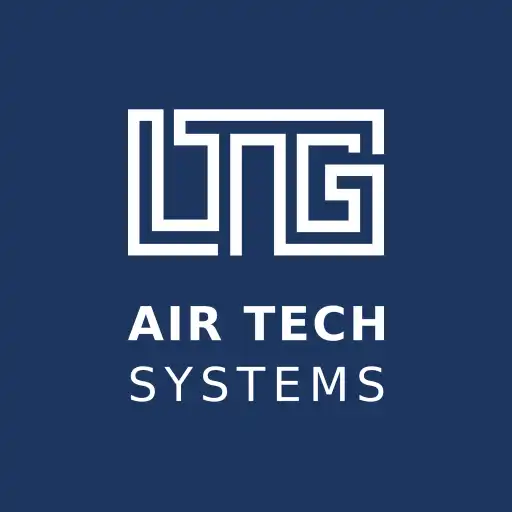The implementation of an efficient flow concept is the basis for economical operation of both room air and Process Air Technology systems. This must be developed before the system is installed, but also checked and, if necessary, optimized in the event of changes to the existing system or problems such as reduced performance.
Comfortable and efficient building air conditioning
Existing HVAC systems and ventilation units often have a lower output and higher energy consumption than modern appliances. The causes are often material fatigue or outdated technologies. However, incorrect settings that lead to a flow short circuit between the supply and extract air, for example, also cause increased energy consumption with reduced performance.
To achieve higher energy efficiency, it is not always necessary to overhaul or replace an entire system. Existing systems can often be optimized by revising the flow technology or replacing individual components. As part of our engineering services, we analyze the current situation, identify potential for optimization and provide specific recommendations for action.
To this end, we carry out an energy analysis and system optimization for different operating modes - in our laboratory or directly on site. The existing flow pattern and ventilation effectiveness (VDI) and their consequences for thermal comfort and air quality in the room are also measured and optimized.
Ideal manufacturing processes in the industry
In production plants and processes, air is used for a variety of tasks: For heating or cooling, material transportation, drying and much more. Sophisticated, efficient flow concepts therefore not only ensure an optimum production and processing process and thus consistent product quality, but also reduce production costs through energy savings, thus creating a competitive advantage.
Whether a new system or an existing process - we support you in the implementation or optimization of air flow concepts. With (CFD) simulations that visualize the air flow on a virtual model of the planned or existing machine and make it assessable; with flow tests in the laboratory to compare different concepts or with on-site measurements in which an as-is analysis reveals optimization potential.
Interested? Contact us - we look forward to hearing from you!
